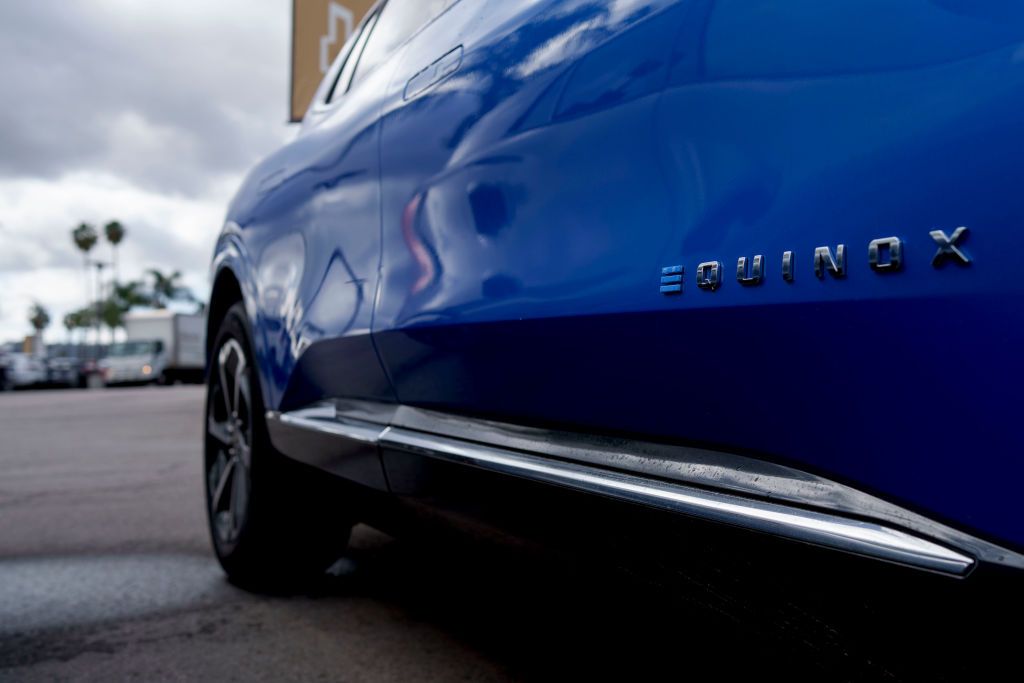GM Cuts Prices as Tariff Fears Loom, CFO Reveals

GM's Strategy to Navigate Tariffs Without Raising Prices
General Motors (GM) has revealed that tariffs imposed on imported vehicles and auto parts have cost the company $1.1 billion in the second quarter. Despite this financial burden, the automaker has made it clear that it will not pass these costs onto consumers by increasing car prices. This decision is likely to be welcomed by potential buyers looking to purchase a new vehicle.
In an interview on CNBC's Squawk Box, CFO Paul Jacobson highlighted the company’s approach to pricing. He stated, “When you look at the first quarter, pricing was up; second quarter, pricing was essentially flat. But we've banked some of those gains, and that's part of our 30% offset that we've talked about.” This strategy aims to maintain stability in pricing while managing inventory efficiently and ensuring strong cash flow for the business.
The tariffs, which were instituted by President Donald Trump, apply a 25% tax on all imported cars and auto parts. However, vehicles assembled in the U.S. may qualify for partial tariff rebates. These measures came into effect in late spring and have had a significant impact on the automotive industry.
Efforts to Mitigate Long-Term Impacts
Despite the challenges posed by these tariffs, GM has taken proactive steps to reduce their long-term effects. In June, the company announced a $4 billion investment in U.S. manufacturing plants. This investment will support the production of gas-powered models like the Chevrolet Blazer and Equinox, which are currently manufactured in Mexico.
Looking ahead, GM plans to invest between $10 billion and $12 billion annually through 2027. A key focus of this initiative is to boost U.S. production in critical states such as Michigan, Kansas, and Tennessee. This effort is part of a broader strategy to enhance operational efficiency and strengthen the company's manufacturing footprint in the United States.
Maintaining Pricing Consistency
On Squawk Box, CFO Jacobson emphasized the importance of consistent pricing in GM’s strategy. He noted, “While we've seen a lot of heavy incentives from our competitors over the last few years, we've maintained a lot of pricing consistency.” This approach ensures that customers can rely on predictable pricing and maintain confidence in the value of their vehicles.
Jacobson also mentioned that GM closely monitors residual values, as many customers keep their vehicles for extended periods. By maintaining pricing stability, the company aims to ensure that its vehicles retain their value over time.
Market Trends and Consumer Concerns
Although car prices have not increased yet since the introduction of tariffs, there are signs that discounts may become less generous. According to Jim Patterson, managing editor of Letter, he expects sticker prices to eventually rise by 4% to 8%. Another concern for car shoppers is the potential scarcity of cheaper models priced around $30,000. These vehicles are often imported and have lower profit margins.
The battery-powered Chevrolet Equinox, which falls within this price range, has been one of the top-selling electric vehicles in the U.S. year-to-date. However, the recent expiration of EV tax credits has created urgency among buyers. The credits are only available until September 30 of this year, prompting consumers to consider purchasing sooner rather than later.
Final Thoughts
As the automotive landscape continues to evolve, consumers should stay informed about the impact of tariffs and the availability of tax credits. Whether shopping for an electric, hybrid, or gas-powered vehicle, timing can play a crucial role in securing the best deal. With GM's commitment to stable pricing and strategic investments, the company aims to navigate these challenges while maintaining customer trust and satisfaction.